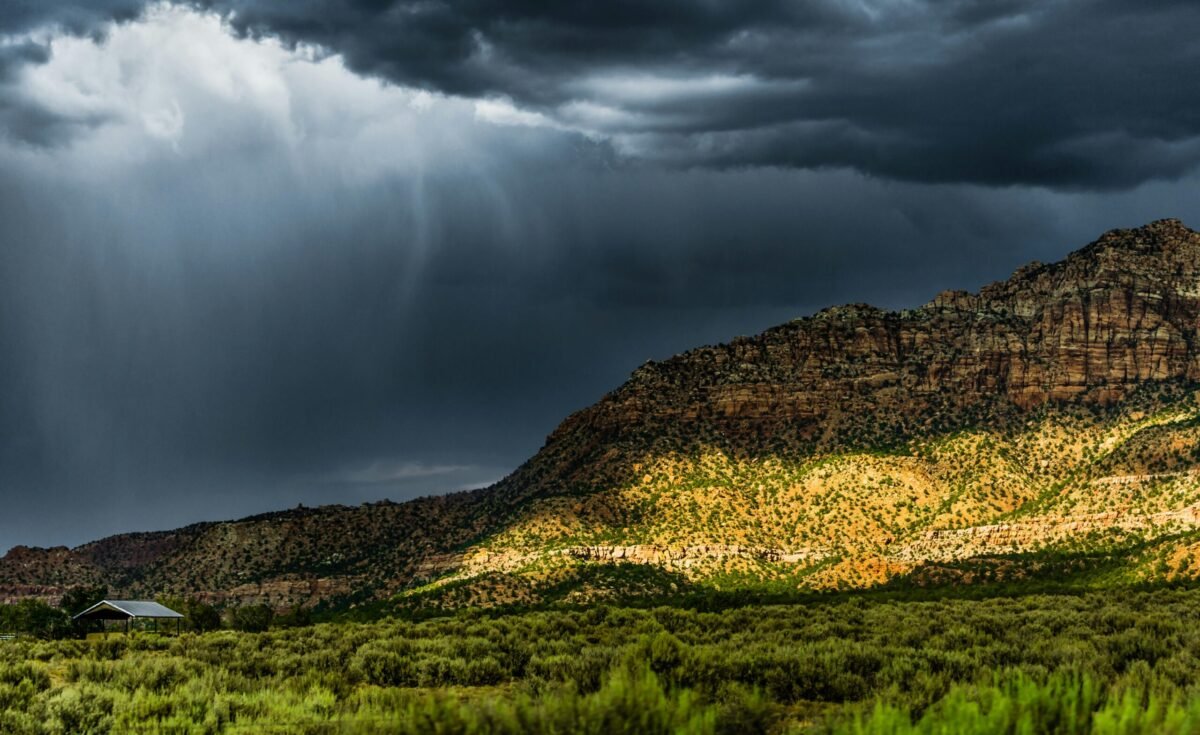Embracing the Vibrancy of Baisakhi Festival: A Comprehensive Exploration of Significance, History, and Celebrations 2024
Posted on : April 10, 2024 By Savan

A Comprehensive Exploration of Baisakhi Festival
Baisakhi Festival
Baisakhi, also referred to as Vaisakhi, stands as a cornerstone of cultural and religious significance in India, particularly in the northern regions. This vibrant festival holds deep-rooted historical and spiritual significance, marking the onset of the Sikh New Year and commemorating the establishment of the Khalsa Panth by Guru Gobind Singh Ji in 1699. In this comprehensive exploration, we delve into the multifaceted aspects of Baisakhi, examining its significance, historical origins, religious rituals, and exuberant celebrations that captivate millions across the nation.
Significance of Baisakhi:
Baisakhi holds immense significance on both religious and cultural fronts. Primarily celebrated as a harvest festival in Punjab, it marks the culmination of the spring harvest season, symbolizing abundance, prosperity, and gratitude for the bountiful crops reaped from the fertile lands. Moreover, Baisakhi embodies the spirit of renewal and rejuvenation, as it heralds the advent of a new agricultural cycle, signifying hope and optimism for the future.
In Sikhism, Baisakhi assumes profound importance as it commemorates the creation of the Khalsa Panth, a pivotal event in Sikh history. Guru Gobind Singh Ji, the tenth Sikh Guru, initiated the first five members of the Khalsa brotherhood on this auspicious day in 1699. Through the Amrit Sanchar ceremony, he infused them with courage, righteousness, and a steadfast commitment to the principles of Sikhism. This event not only formalized the Sikh community but also laid the foundation for a sovereign and egalitarian society based on the principles of truth, justice, and equality.
History of Baisakhi:
The historical origins of Baisakhi date back to the late 17th century when Guru Gobind Singh Ji organized a special congregation at Anandpur Sahib on April 13, 1699. During this momentous gathering, he called upon Sikhs from far and wide to partake in a divine ceremony that would alter the course of Sikh history forever. In a remarkable display of spiritual leadership, Guru Gobind Singh Ji unveiled the Five Ks, the distinctive symbols of Sikh identity, and called upon brave souls willing to sacrifice their lives for righteousness and justice.
Subsequently, Guru Gobind Singh Ji performed the Amrit Sanchar ceremony, wherein he prepared Amrit (nectar) using water and sugar crystals while reciting sacred hymns. The five beloved ones, known as the Panj Pyare, were the first to receive Amrit, symbolizing their rebirth as Khalsa warriors committed to upholding the values of Sikhism. This transformative event marked the birth of the Khalsa Panth and instilled a sense of unity, courage, and collective identity among Sikhs.
Rituals and Traditions:
Baisakhi is steeped in a myriad of rituals and traditions that embody the rich cultural heritage of Punjab and Sikhism. One of the central rituals includes visiting gurdwaras (Sikh temples) to offer prayers and seek blessings. Devotees gather in large numbers to participate in kirtan (devotional singing), listen to recitations from the Guru Granth Sahib (the Sikh holy scripture), and partake in langar (community kitchen) where free meals are served to all, irrespective of caste, creed, or social status.
The Nagar Kirtan, a grand procession, forms an integral part of Baisakhi celebrations. Led by the Panj Pyare and the Guru Granth Sahib, the procession traverses through the streets, accompanied by the rhythmic beat of dhol (drum) and the melodious tunes of shabad kirtan (spiritual hymns). This vibrant spectacle showcases the martial prowess of Sikhs through Gatka performances (traditional Sikh martial arts), symbolizing valor, courage, and spiritual strength.
Celebrations Across India:
Baisakhi is not confined to Punjab alone but reverberates across various parts of India, fostering a spirit of unity, camaraderie, and cultural exchange. In Punjab, cities like Amritsar, Ludhiana, and Anandpur Sahib transform into veritable hubs of festivity, with colorful processions, traditional folk dances, and cultural performances captivating the senses of onlookers.
In Amritsar, the iconic Golden Temple serves as the epicenter of Baisakhi celebrations, attracting devotees from far and wide to seek blessings and immerse themselves in the divine ambiance. The Nagar Kirtan, featuring breathtaking displays of Gatka and vibrant floats adorned with flowers and religious insignia, adds to the fervor and spectacle of the occasion.
Anandpur Sahib, nestled in the picturesque foothills of the Himalayas, hosts the grand Hola Mohalla festival, a unique confluence of martial arts displays, mock battles, and spiritual discourse. The town resonates with the sounds of swords clashing, drums beating, and hymns echoing as devotees pay homage to the valor and sacrifice of Sikh warriors.
In Delhi, the capital city of India, Baisakhi celebrations unfold in the bustling Sikh neighborhoods of Old Delhi and South Delhi, where gurdwaras are adorned with colorful decorations and devotees throng to offer prayers and participate in community service activities. Cultural events, including folk dances, music performances, and food festivals, add to the festive fervor, offering visitors a glimpse into the rich tapestry of Punjabi culture and hospitality.
Conclusion:
Baisakhi Festival embodies the essence of unity, resilience, and cultural richness, serving as a testament to the enduring legacy of Sikhism and the indomitable spirit of the Indian populace. From its humble beginnings in the annals of Sikh history to its vibrant celebrations that transcend geographical boundaries, Baisakhi remains a source of inspiration and reverence for millions worldwide.
As we immerse ourselves in the joyous festivities of Baisakhi, let us reflect on its profound significance and timeless message of love, compassion, and communal harmony. Through its rituals, traditions, and celebrations, Baisakhi continues to unite people from diverse backgrounds in a shared celebration of life, abundance, and spiritual renewal. As the sun rises on yet another Baisakhi morning, let us embrace the vibrancy and splendor of this auspicious occasion, forging bonds of friendship and fraternity that endure for generations to come.
Share this articlePosted on : April 10, 2024 By Savan
Join Our Club

"Stay Informed, Stay Ahead – Join Our Club Today!"



















